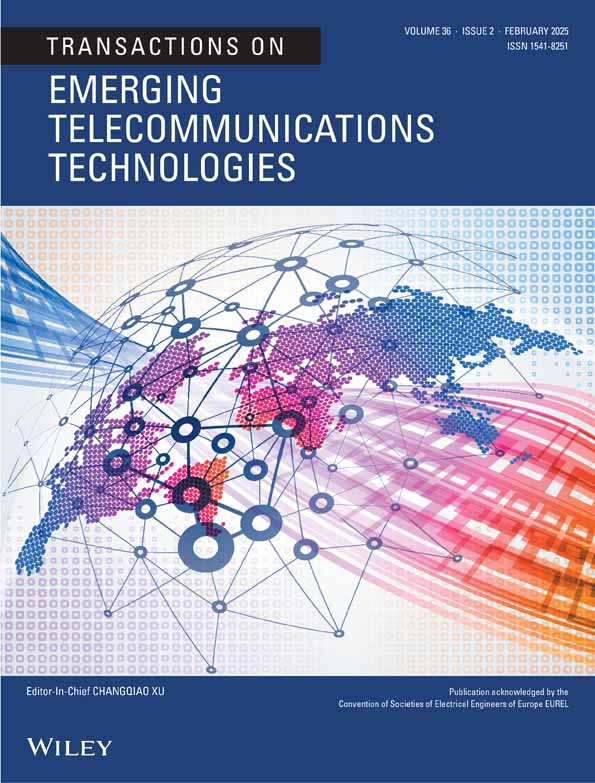Beyond Traditional RFID: Unveiling the Potential of Wi-Fi, 5G, Bluetooth, and Zigbee for Backscatter Systems
Funding: The authors received no specific funding for this work.
ABSTRACT
Traditional RFID systems rely on dedicated readers, often expensive and bulky, hindering their widespread deployment. This paper proposes an alternative RFID system that leverages ubiquitous radio sources—Wi-Fi, 5G, Bluetooth, and Zigbee—to replace dedicated readers. Our system employs backscatter communication, where RFID tags modulate reflected signals from these readily available sources to transmit data. We investigate the feasibility and performance of this approach through Matlab simulator. Our results show that 802.11ax at 2.45 GHz exhibits the best symbol error rate, followed by 802.11n at the same frequency. However, 5G, Bluetooth, and Zigbee signals demonstrate lower performance even at high signal-to-noise ratios. To address this, we introduce error correction coding techniques (BCH and RS) that significantly improve communication reliability. Utilizing these codes, our system achieves a communication range of up to 1 m. This finding highlights the potential of ubiquitous radio sources as a viable alternative to dedicated RFID readers, opening doors for various applications.
Open Research
Data Availability Statement
The data that support the findings of this study are available from the corresponding author upon reasonable request.




